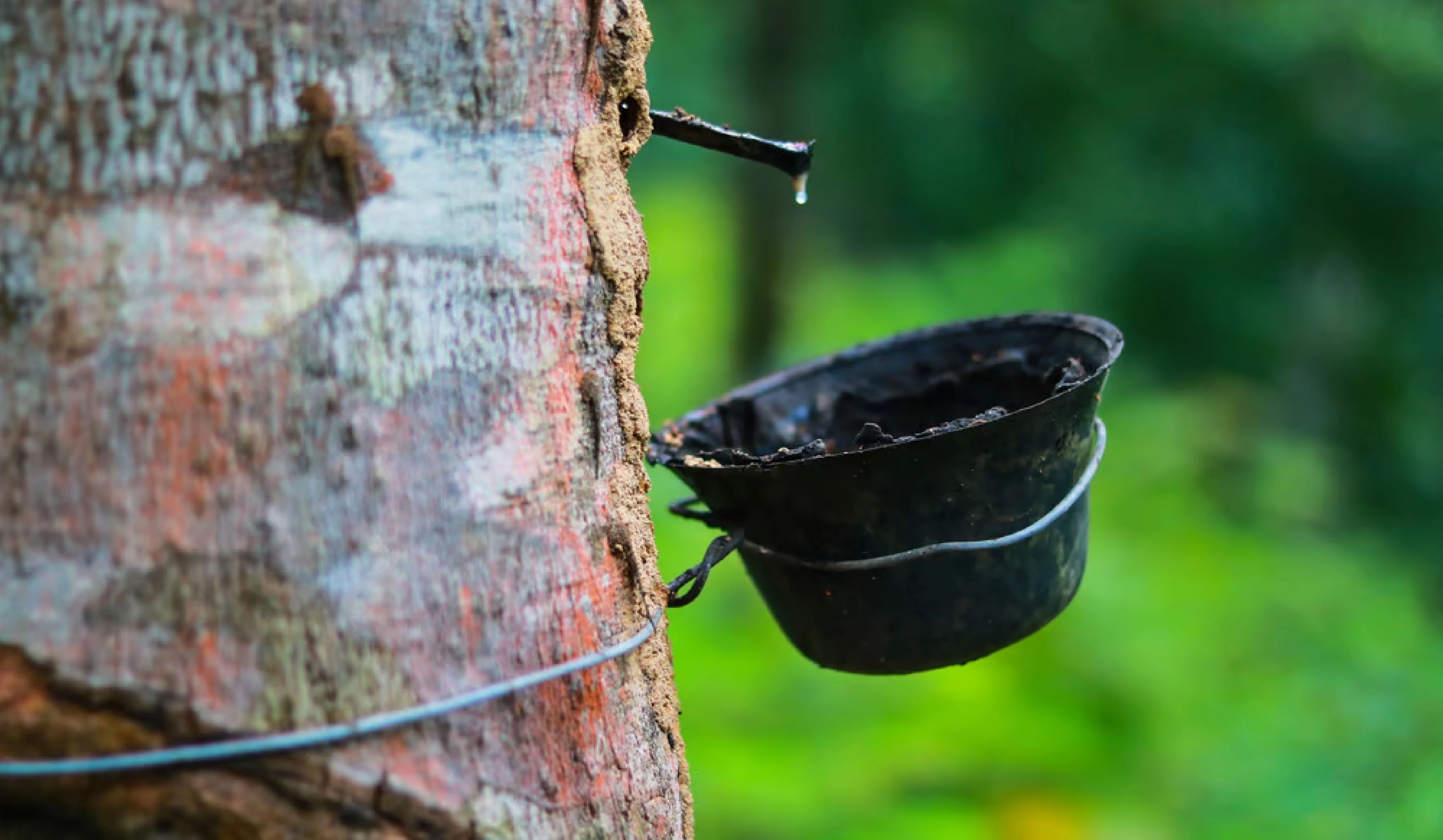Scientists at the Indian Council of Agricultural Research (ICAR) have developed an agro-ecological base map to assess the impact of fertiliser use, cropping systems, and other factors on SOC.
Key Findings
Soil Organic Carbon (SOC)
|
- Temperature: SOC is negatively correlated with temperature (as temperature raises SOC declines).
- Imbalanced fertiliser application: SOC declined due to imbalanced fertiliser application.
- In Haryana, Punjab, and parts of Western Uttar Pradesh fertiliser application, skewed towards urea and phosphorus has negatively impacted organic carbon in the soil.
- Cropping Pattern: Rice-based and pulse-based cropping systems generally contribute to higher organic carbon in the soil compared to wheat or coarse-grain systems.
- Micronutrients: Soils with low SOC content often exhibit higher deficiency of micronutrients, and vice versa.
- Elevation: Higher land elevation is generally associated with higher SOC content, and vice versa.
Recommendations
- Promote Plantation: Cover all the soils with crops, and try to establish a large number of plantations.
- Facilitate Carbon credit: Incentivize those farmers who are able to trap more carbon dioxide from the soil, and convert into SOC.
- Encourage carbon sequestration: For soils with very low carbon, the governments should promote carbon sequestration by changing cropping patterns.





